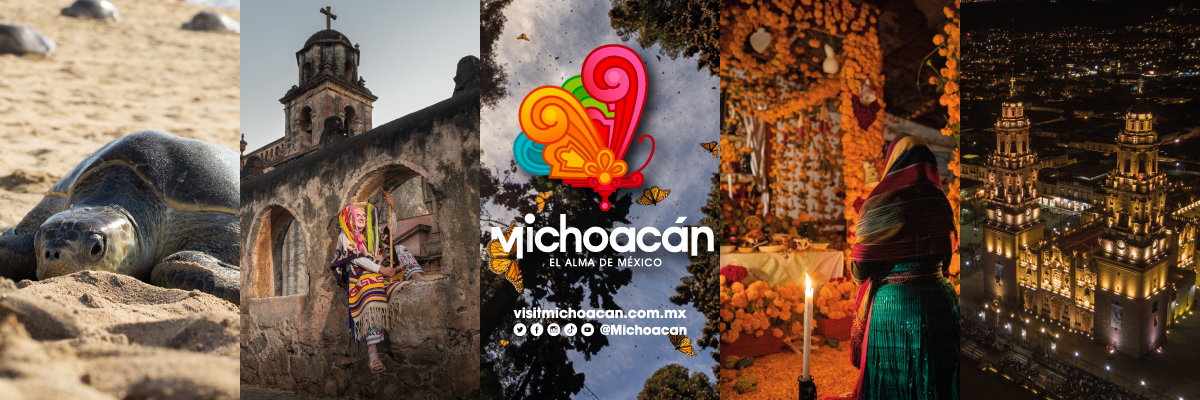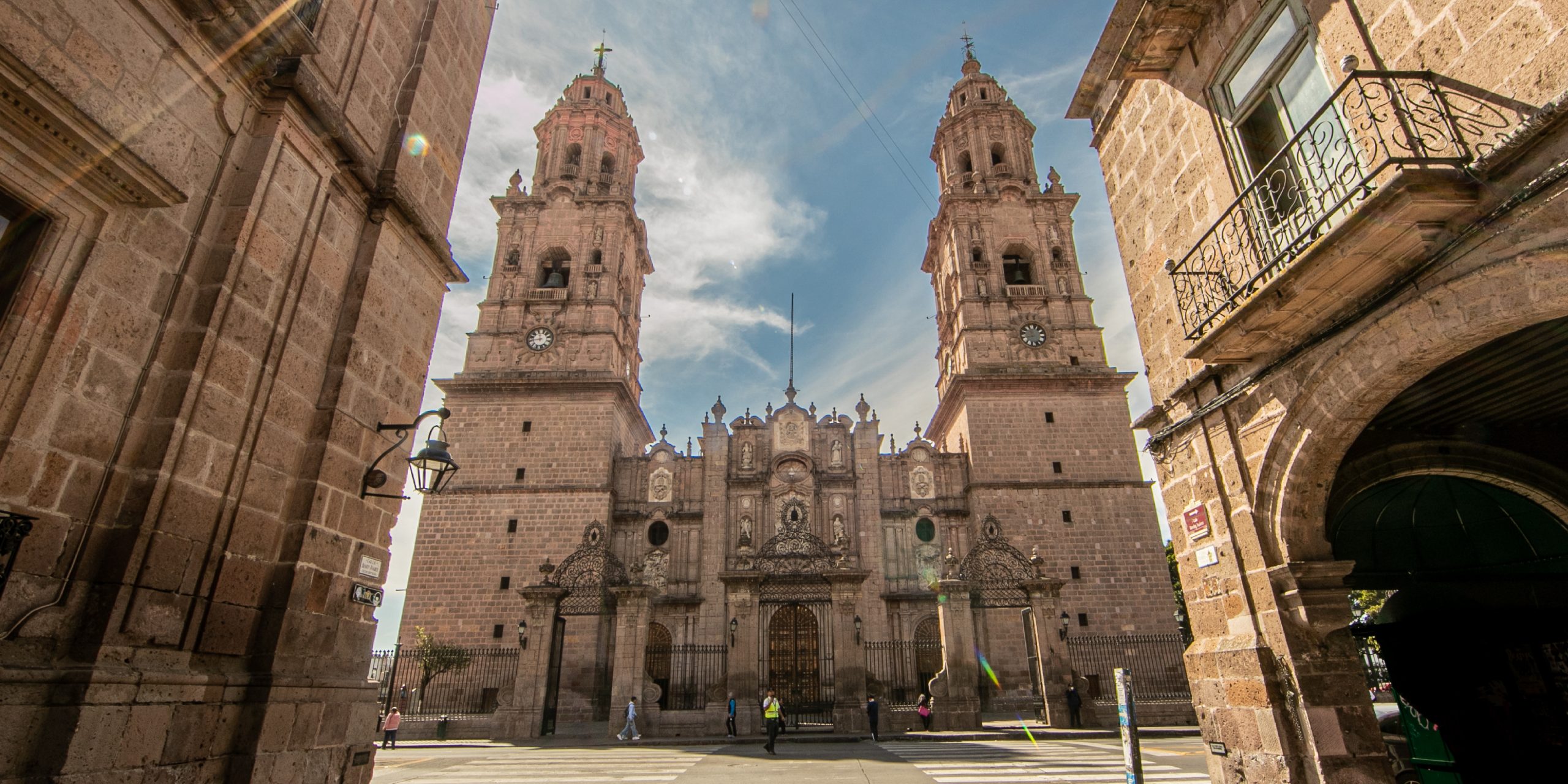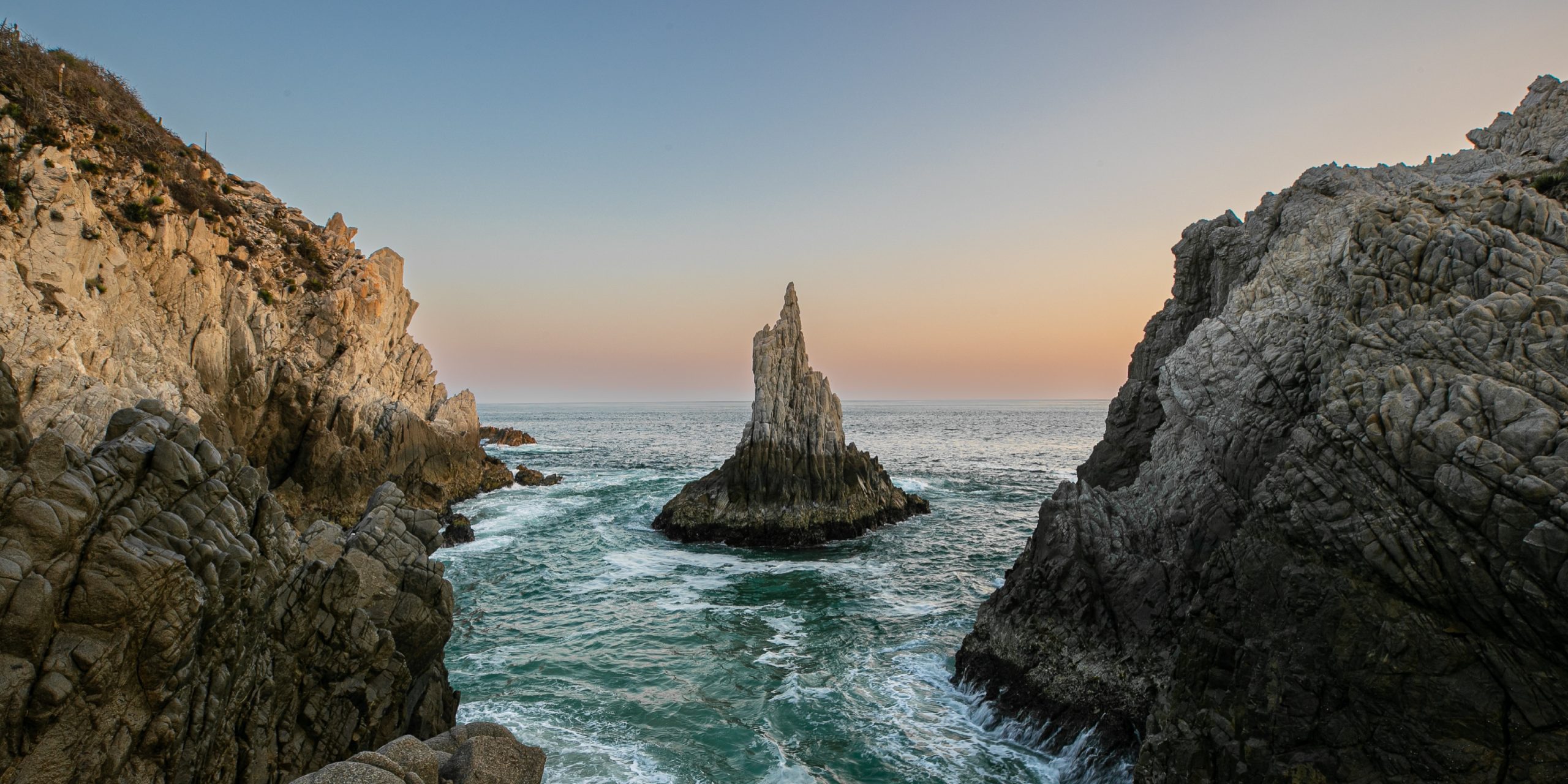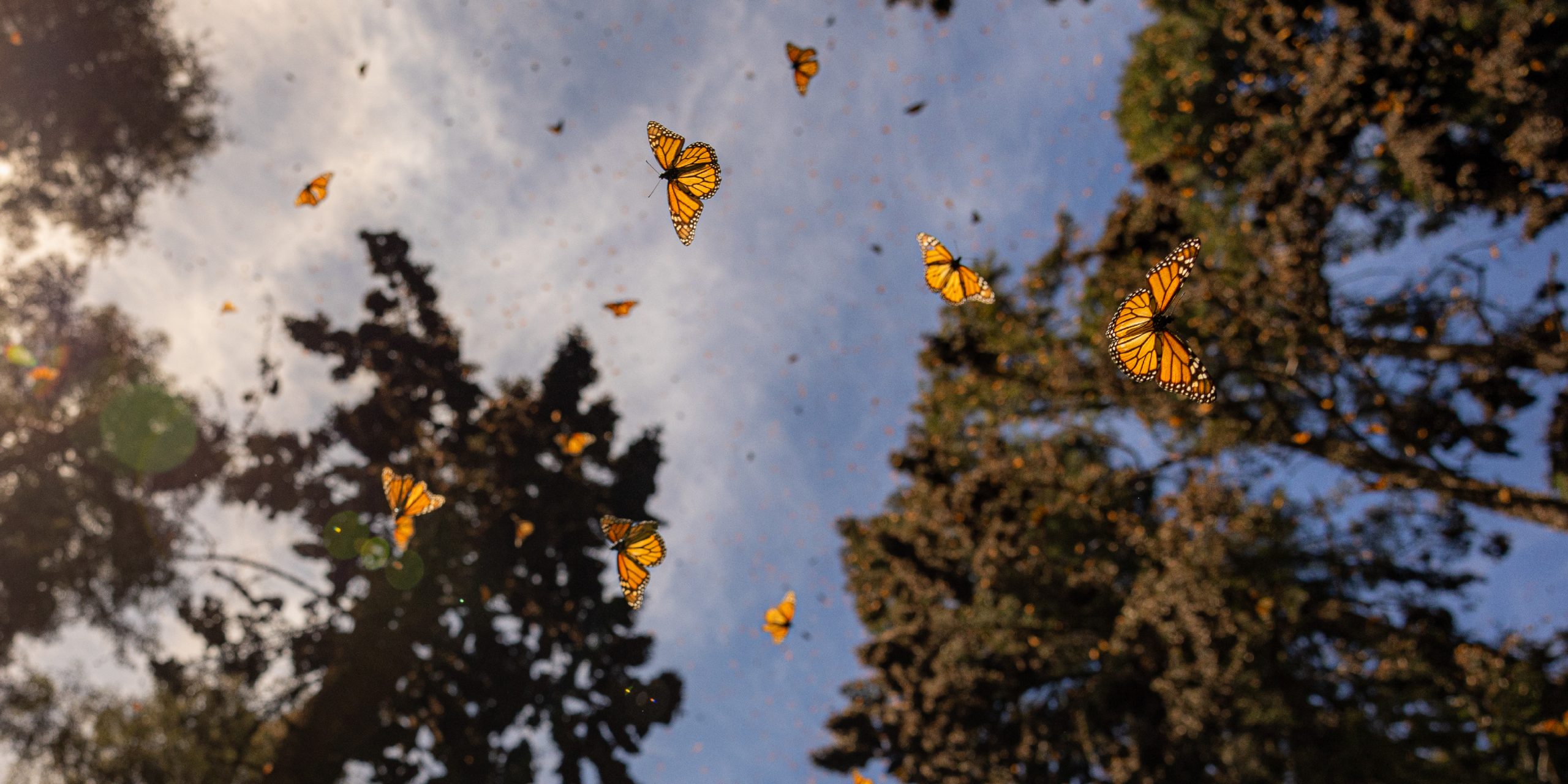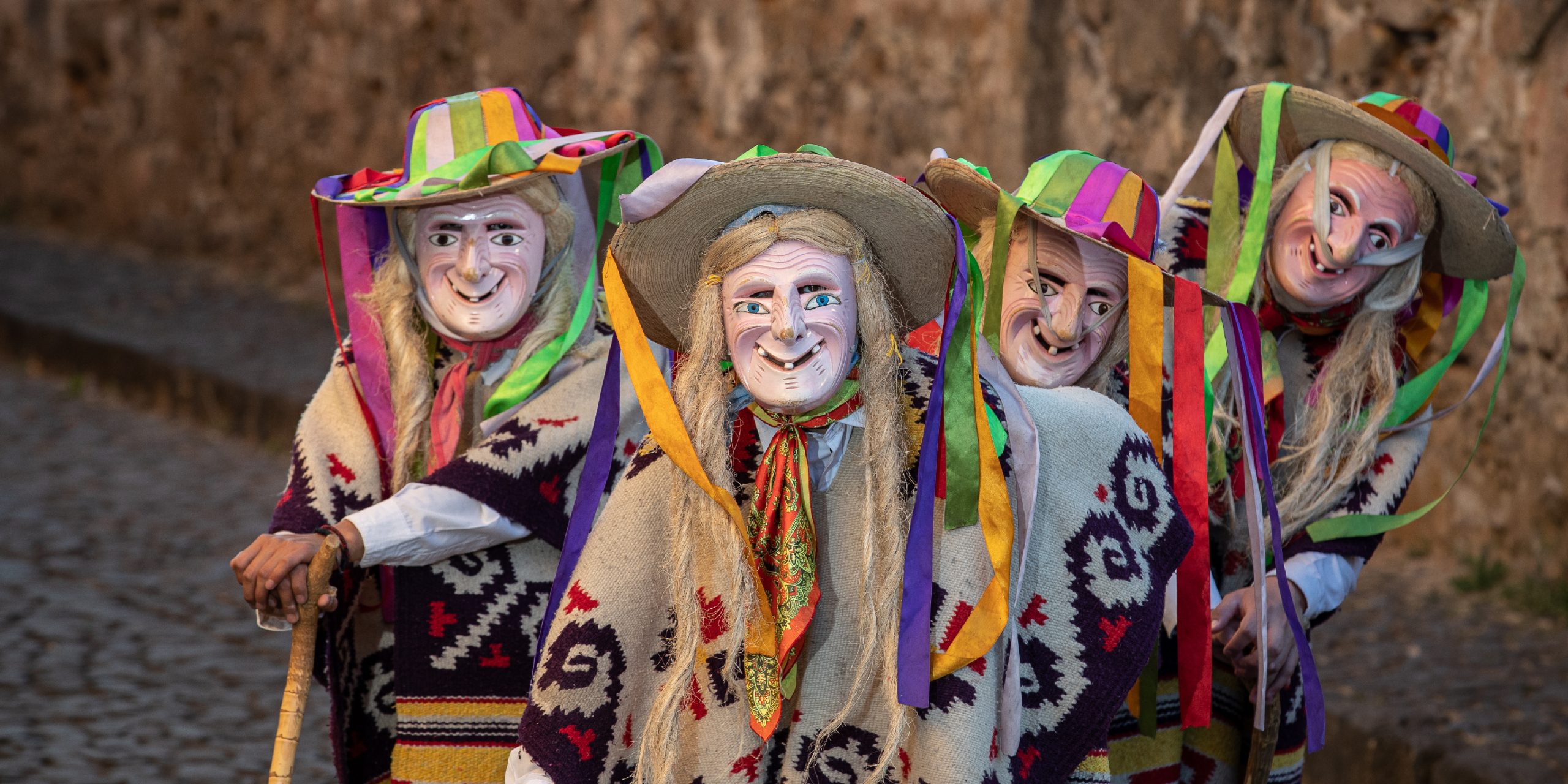Michoacán is one of the prettiest regions in the world, referred to as “The soul of Mexico” since 2002.
Michoacán is located in the midwestern part of Mexico. The most important cities are the state capital of Morelia, Pátzcuaro and Uruapan, connected to the world through an extensive infrastructure of communication (airports, ground transportation, inbound tourism operators) which make it easy to reach from anywhere in the world.
It is one of the richest states in terms of lakes, forests, and other natural beauties such as the Monarch Butterfly Sanctuaries, the Paricutín Volcano, Eduardo Ruiz National Park, Camécuaro Lake National Park; as well as the lakes of Pátzcuaro, Zirahuén, and Chapala – which hosts a remarkable migration of pelicans traveling from the northern hemisphere during the winter; the Sierra Coast, where various sea turtles come to reproduce, and a variety of bathing spots with cold or thermal waters.
The true Mexico, with its colors, flavors, traditions and customs can be found in the state’s diverse regions, the Don Vasco Route, in our ten Magical Towns: Pátzcuaro, Tzintzuntzan, Santa Clara del Cobre, Tacámbaro, Paracho, Tlalpujahua, Angangueo, Cuitzeo, Jiquilpan and the new one Cotija, as well as colonial cities like Morelia and Zamora.
Michoacán is also a territory of World Heritage Sites declared by UNESCO, such as the Historic Center of Morelia; Traditional Mexican Cuisine, the Michoacán Paradigm; the Monarch Butterfly Sanctuaries; Pirekua, the song of the Purépecha people; the rituals of Night of the Dead and the San Pedro Tarímbaro Flying People in Tlalpujahua.
A special mention should be made to the temples of the XVI and XVIII centuries throughout the state for their good preservation and artistic richness, as is the case of their coffered ceilings and altarpieces.
It is possible that Michoacán is the main producer of artisanal handicrafts in the country, so visiting the artisans is another way of getting to know the state, as is tasting the delights of the traditional cuisine, witnessing the Night of the Dead, Holy Week customs, Palm Sunday in Uruapan, or any other of the fairs and traditions that are abundant throughout the calendar of festivities, as well as encountering the history of this people who have been key in the battles that have forged Mexico.
The service infrastructure includes hotels, cabins, restaurants, inbound tour operators, tour guides, bathing resorts, golf courses, and conference and convention centers.
